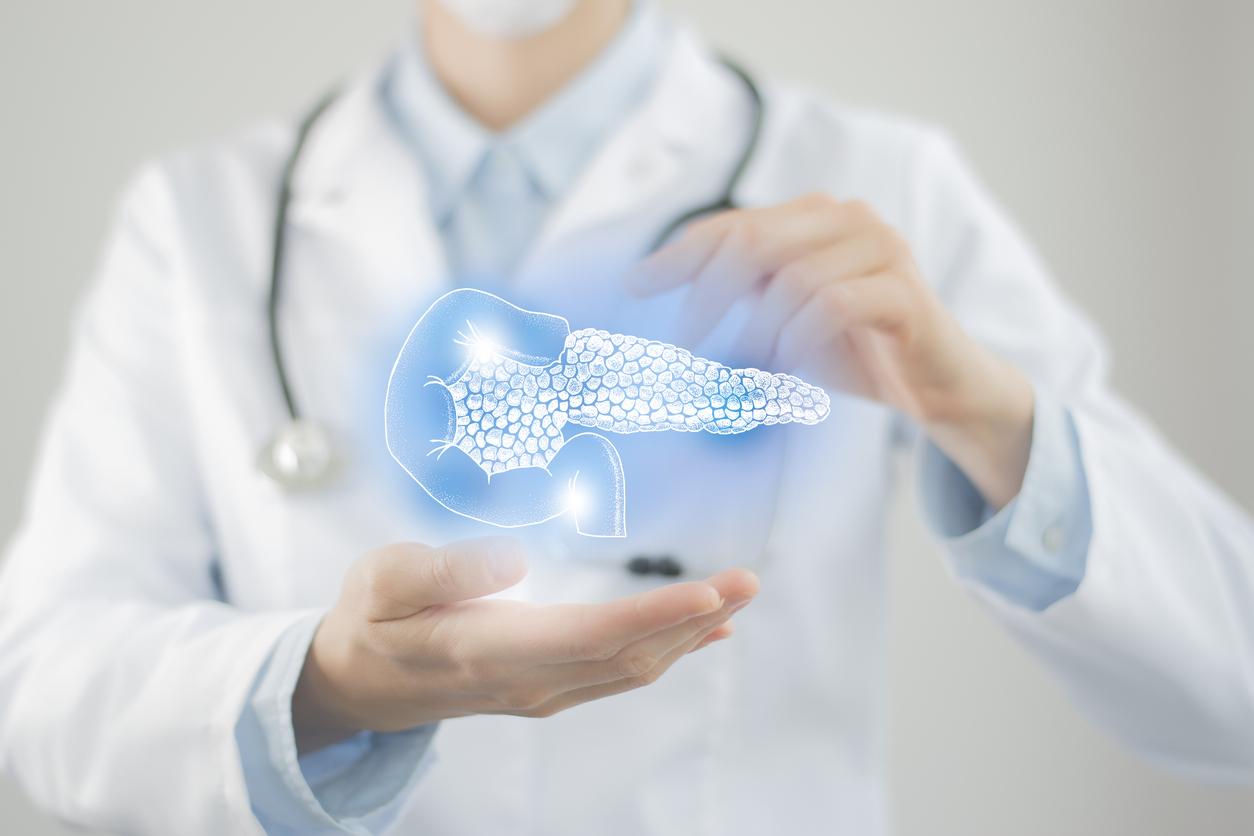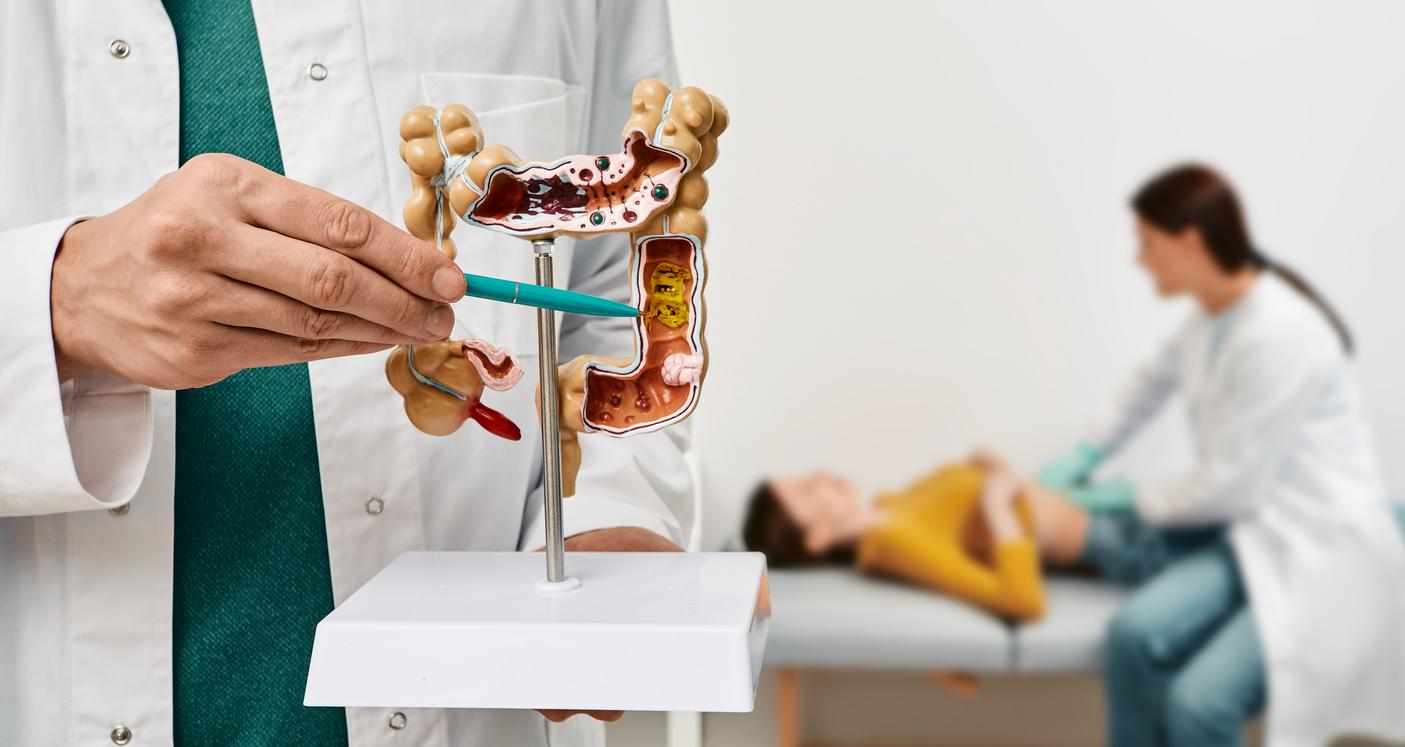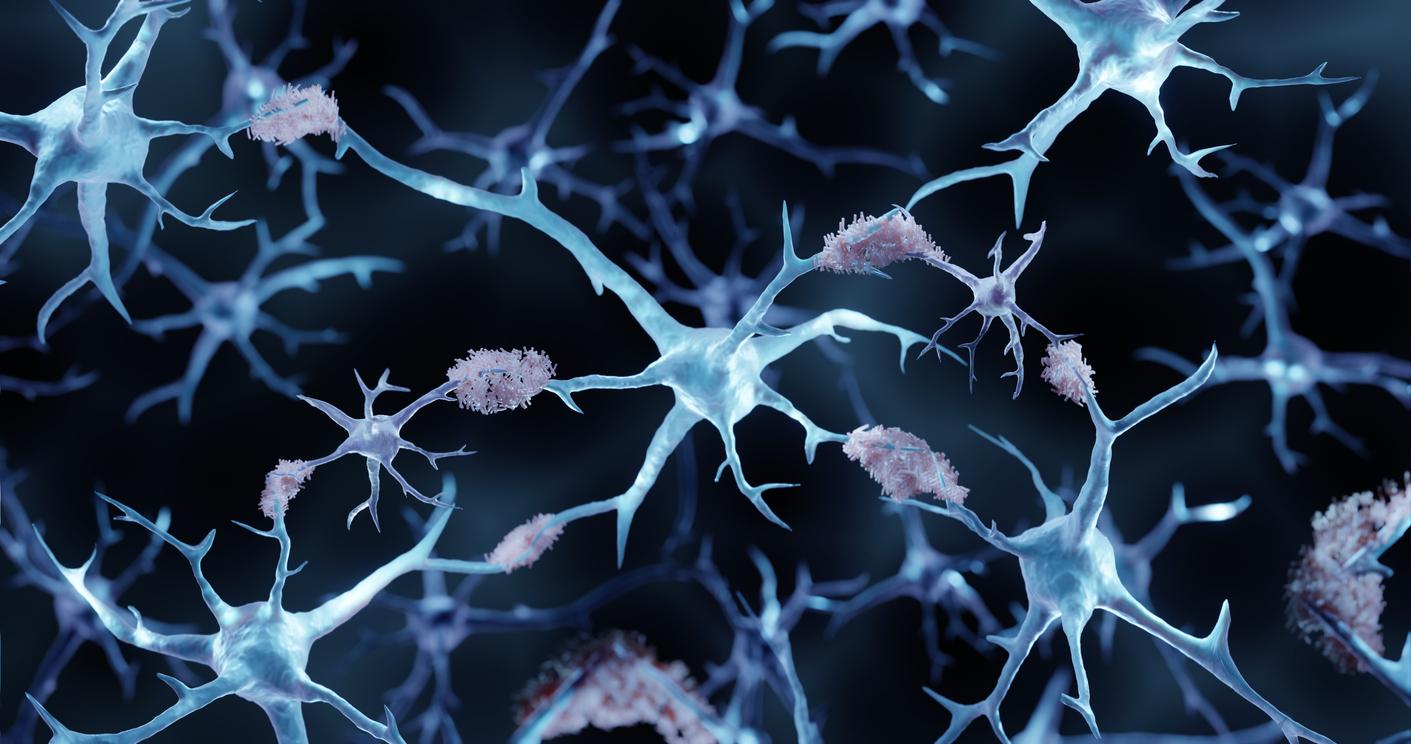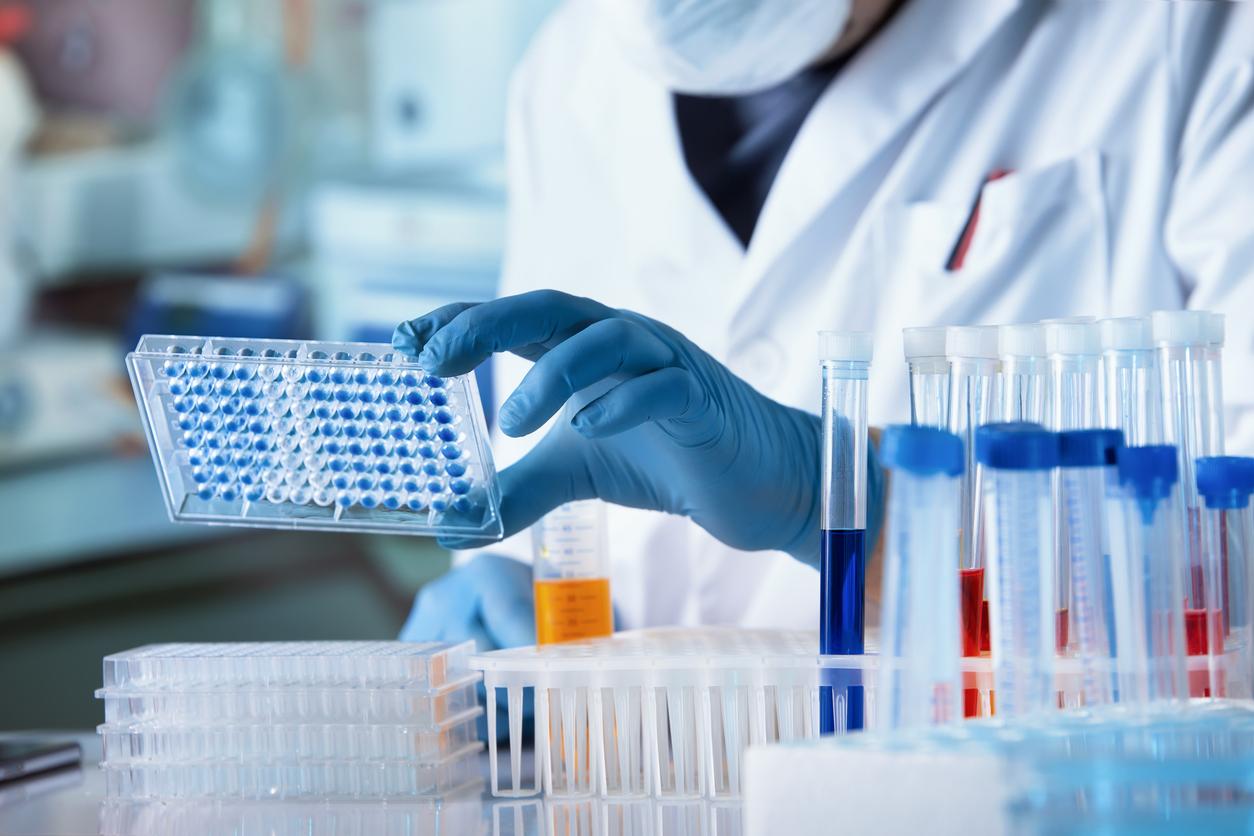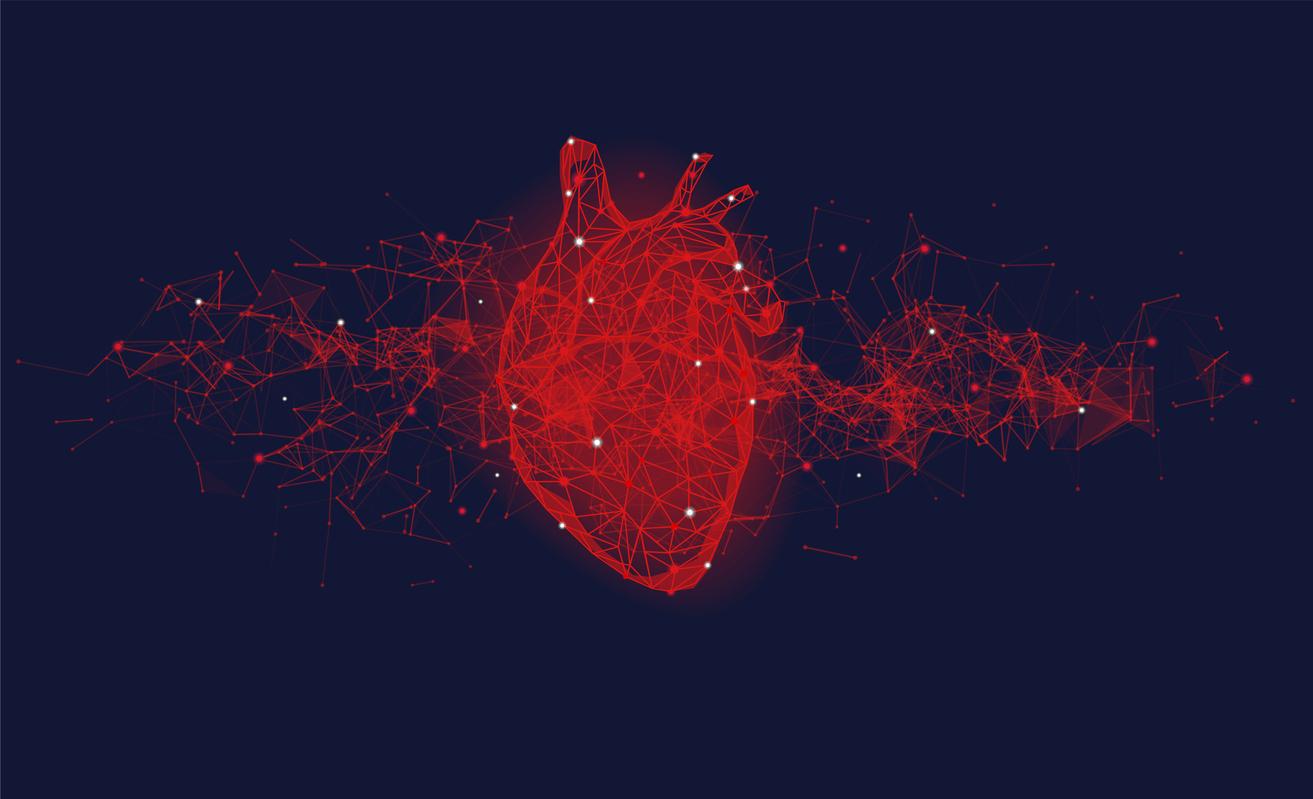American researchers have observed that specific cells contained in the spinal discs of certain people could cause lower back pain.

- Low back pain is characterized by significant pain in the lumbar vertebrae.
- Degeneration of spinal discs is one of the main causes of low back pain.
- An American research team has suggested that a certain type of cell could be the cause of lower back pain.
Often called back pain or lumbago, low back pain results in intense pain in the lumbar vertebrae. It is mainly due to degeneration of the spinal discs. Over the years, the jelly in the spinal discs tends to dry out and degenerate, but this does not automatically cause pain.
Specific cells responsible for disc pain
A recent study suggested that lower back pain may be linked to specific cells in some people’s spinal discs. This could explain why some individuals develop lower back pain due to degeneration of their spinal discs. “We have identified for the first time particular cells that could be key to understanding disc pain”, explained Dmitriy Sheyn, lead author of the study and researcher at Cedars-Sinai Medical Center in Los Angeles (United States). This work was published in the journal Science Translational Medicine.
As part of this research, scientists compared spinal discs from patients suffering from low back pain to healthy discs. They then observed that the discs of the subjects with lumbago contained a greater number of a certain type of cells that could be associated with their pain.
During the study, the American team also subjected cells from healthy discs to conditions simulating disc degeneration (inflammation, acidity, tension, compression, etc.). According to the results, healthy cells could transform into cells associated with pain.

Low back pain: new therapies could be considered
In a final laboratory experiment, the study authors placed pain-associated spinal disc cells next to pain-signaling neurons they had created from stem cells. They noticed that pain-signaling neurons began to grow nerve fibers toward cells associated with back pain. These fibers could be used to transmit pain signals from spinal discs to the brain.
When the pain signaling neurons were placed next to cells from healthy spinal discs, however, they did not develop these nerve fibers. “We don’t know whether the pain-associated cells attracted the invading neurons or whether the healthy cells repelled it, but there was clearly a difference between the healthy cells and the pain-associated cells.”described Dmitriy Sheyn.
These initial findings could open the way to new treatments for low back pain. In particular, the researchers put forward the hypothesis of reprogramming the disc cells associated with pain to make them healthy cells.









